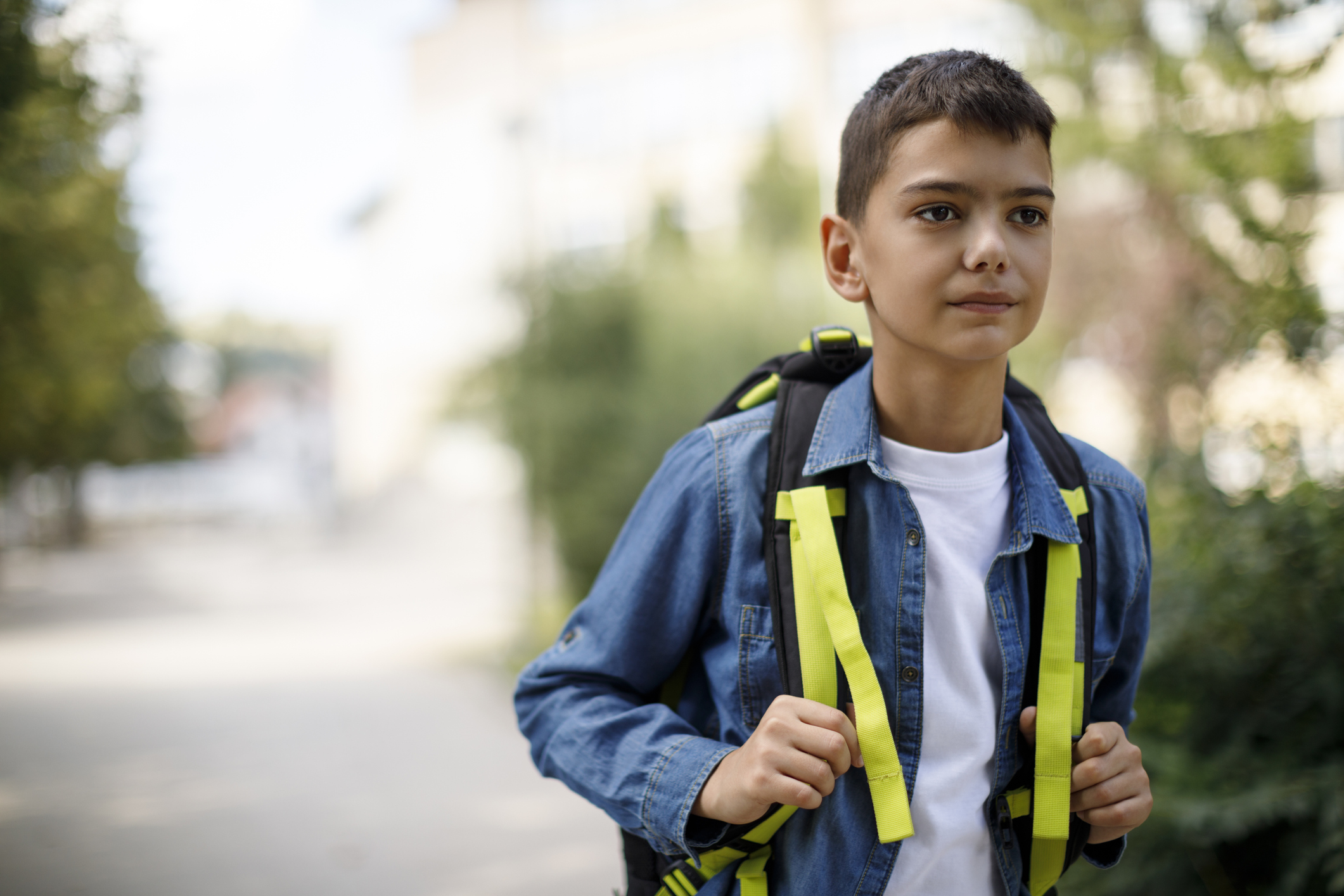The COVID-19 pandemic has disrupted our daily lives and routines, caused widespread illness and death, and created a sense of danger, social isolation, and financial insecurity for many. According to a new study, many Americans – nearly 41% – are reporting high rates mental health concerns including anxiety and depression, suicidal thoughts, and substance use.
The UI Injury Prevention Research Center connected with Jenifer Maze, a clinical psychologist at the UCLA Semel Institute and National Child Traumatic Stress Network (NCTSN) for a question/answer session about how these challenging times are affecting the mental health of children and families, and what we can do to help.
Which children are at risk?
Children with trauma histories, preexisting mental health problems, prior traumatic losses, and families under stress are at particular risk for negative outcomes during the COVID-19 pandemic. These families might lose access to social supports, as well as community supports and services, like mental health care. Loss or separation from loved ones and disruptions in normal routines can be especially challenging for children who have trauma histories. For these children, danger and safety are primary concerns. Traumatic experiences can undermine children’s sense of safety and protection, magnify their perceptions of danger to themselves and others, and make it more difficult to distinguish between safe and unsafe situations. Children of color are at especially high risk for negative outcomes, as they are overrepresented among families that are underinsured, employed in the essential workforce, experiencing economic stress, and unable to access remote learning. As with any traumatic stressor, the degree of exposure increases risk. Children whose caregivers are healthcare workers, for example, or who have a family member who contracted COVID-19 and became sick or died, are at greater risk for posttraumatic stress.

Especially now why should we worry about youth suicide?
National surveys are showing increased numbers of young adults reporting depression and considering suicide during the COVID-19 pandemic. Increased isolation, conflict at home, worry about health or financial concerns, and loss of social or peer support can increase risk for suicide, particularly among groups at risk like LGBTQ youth. Pandemic-related restrictions and reminders can increase risk while adding to the challenges of assessing safety. Providers who are working with potentially suicidal youth via telehealth could develop or modify safety plans with these constraints in mind, finding ways for youth to distract and calm themselves that fit the current conditions, and schedule regular check-ins.
Especially now why should we worry about child abuse & neglect?
The impact of the COVID-19 pandemic on rates of child maltreatment is currently unknown. Many in the field expect increases in child abuse because children are at home with potential abusers and have less contact with mandated reporters, like teachers. There have been some early reports of increases in visits to emergency rooms for serious abuse-related injuries and increases in calls to hotlines. Some advocates, however, have welcomed the reduction in child protective services involvement in the lives of parents of color and are bringing attention to how rarely reports of child maltreatment are determined to warrant intervention. Some communities have had great success adapting to the pandemic by moving hearings and visitations online, and others are increasingly questioning a system that relies on reporting, rather than strengthening families.

What are some challenges of widespread trauma?
There are many unique challenges for leaders and service providers when the impact of trauma is so widespread – we are responding to a crisis when we are experiencing the crisis ourselves. The prolonged nature of this pandemic also brings constant reminders – of loss, change, and trauma – that interfere with coping and recovery. Despite the widespread impact, it is important to recognize that we are not all affected in the same ways, or to the same degree. Recovery from a collective trauma requires careful attention to equity – supporting those who are most vulnerable and who have the greatest needs, so the entire community can recover.
How are communities of color affected?
Racial trauma is not new, and healthcare disparities are not new, but the impact of these damaging inequities have been magnified by the COVID-19 pandemic. The recent protests that followed the murders of George Floyd, Breonna Taylor, and others have sharpened our understanding of how racism causes trauma and how antiracism is a critical component of trauma-informed care. There are many factors that disproportionately affect communities of color and that contribute to increased risk for contracting and dying from COVID-19, and we recognize that historical and racial trauma plays a role as well.
How does the pandemic affect the ability of families to function and nurture?
The pandemic has affected families in different ways depending on factors such as the ages of children and the presence of extended family, and some are certainly experiencing the increased time together as positive. Many caregivers are under a great deal of stress, however, including economic stress and the challenges of balancing work and family during a time of remote learning. An experience like the COVID-19 pandemic, which affects the entire family, can strain communication and reduce members’ ability to support one another.

What can families/caregivers do to help children?
During difficult times, parents and other caring adults should encourage children to talk about their concerns and ask questions. Often children need adults to help by starting the conversation, correcting inaccurate information, inviting questions, and validating emotions. Caring adults can promote a sense of safety by maintaining routines and providing reassurance, while looking out for common reactions to stress and trauma (e.g., concentration or sleep problems or worry about the future) that might indicate when additional help is needed. Children follow the examples of the adults around them, so it is important to manage your own emotions and model self-care – to help children calm themselves, promote problem solving, and encourage engagement in enjoyable activities – and limit exposure to news coverage about COVID-19.
Is there a silver lining?
Even before the COVID-19 pandemic, there were indications that stigma related to mental health was beginning to decline. One silver lining might be the increasing recognition that many of us are struggling with feelings of depression, anxiety, and posttraumatic stress. This year’s World Mental Health Day in October was highly visible on social media, and many prominent public figures have shared their experiences with mental health, substance abuse, and suicide. Yet many barriers still exist to seeking help, including cost, accessibility, mistrust, and a lack of culturally competent providers. Innovative local efforts that combine providing mental health support with meeting basic needs (i.e. food, housing) have emerged during the COVID-19 pandemic and should be continued and expanded.
The National Child Traumatic Stress Network works to raise the standard of care and improve access to services for traumatized children, their families and communities throughout the U.S. Learn more at www.nctsn.org
Published November 9, 2020
Some resources:
National Suicide Prevention Lifeline
Supporting a Nation in Crisis: Solutions for Local Leaders to Improve Mental Health and Wellbeing During and Post-COVID-19 from de Beaumont Foundation and Wellbeing Trust
CDC COVID-19 Parental Resources Toolkit
Why every teacher needs to know about childhood trauma
Pandemic-induced stress could be increasing the risk of child abuse
Family mental health crisis: Parental depression, anxiety during COVID-19 will affect kids too
Rural injuries & violence at home during COVID-19 (UI IPRC blog)
Linking school children with trauma to care (UI IPRC blog)
Rural areas have fewer mental health services for young people
Supporting children during coronavirus (COVID-19) from the National Child Traumatic Stress Network
Iowa resources:
The new 2020 Iowa ACEs (Adverse Childhood Experiences) report from ACEs 360